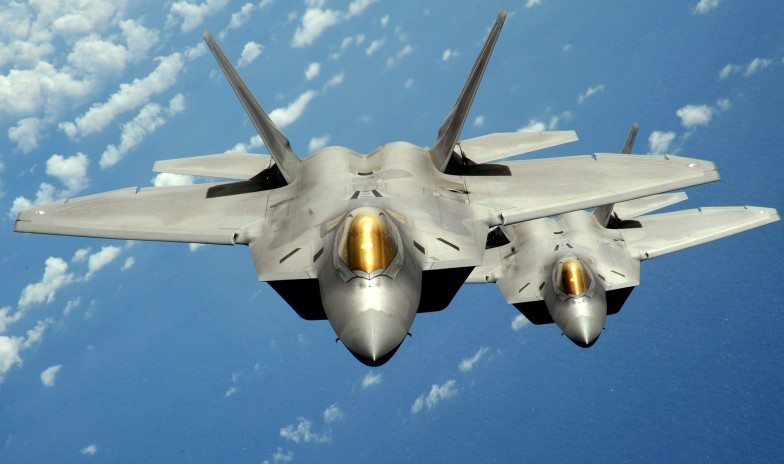The DEW Line’s Stephen Trimble broke the news that the F-22 fleet is standing down “until further notice” due to concerns about a glitch in the on board oxygen system after pilots complained about hypoxia and decompression sickness (indicating they weren’t getting enough oxygen).
An Air Force source told Defense News in March that defects with the On-Board Oxygen Generating System (OBOGS) may have been responsible for a F-22 crash that occurred in November, killing Capt. Jeffery Haney. Why wasn’t this worked out in testing?
A review of annual reports from the director of Operational Testing and Evaluation (DOT&E) didn’t uncover any mentions of oxygen issues, with the exception of a 2004 report noting that the contractor measured oxygen concentrations during simulated high-altitude mission profiles at their simulator system facility.
Former DOT&E Director Tom Christie told POGO he didn’t recall problems with the system and that they could have been relatively easily fixed if they had been detected. According to Flight Global, Boeing led life-support development, including the OBOGS.
POGO has not been able to find other information on testing for the F-22’s OBOGS, but simulation would not be sufficient to test the system. “It’s not something you simulate,” Christie told POGO. “It either works or it doesn’t.”
Even when these systems are working, an interview with aerospace and operational physiologist Capt. Matthew Taranto at the Las Vegas Sun explains that pilots must train their bodies to be able to tolerate 15 seconds of intense acceleration pressing down on them (9 G-forces) to resist oxygen deprivation to their brain.
The Navy recently awarded contractor Cobham a contract to develop a more advanced OBOGS system. It appears Cobham did not create the F-22’s system, but did install the OBOGS for the A-10, F/A-18, V-22, C-130, and F-16.











